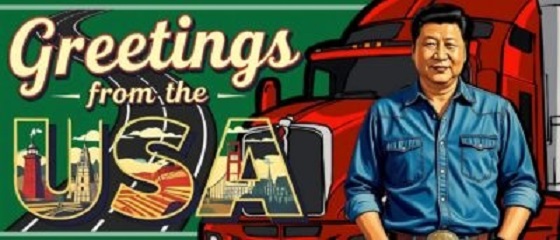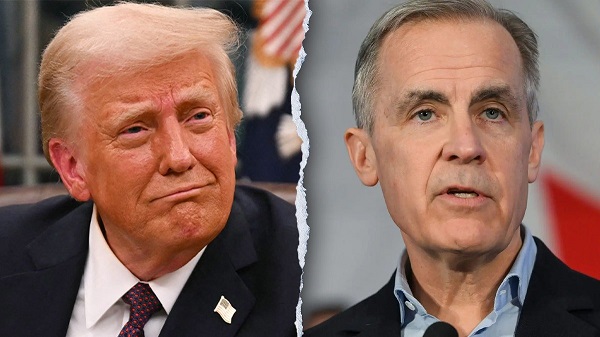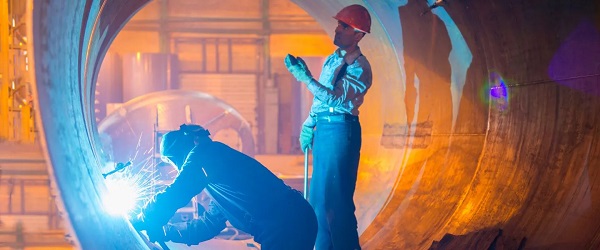International
Pope Francis appears frail as he returns to Vatican following 38-day hospital stay
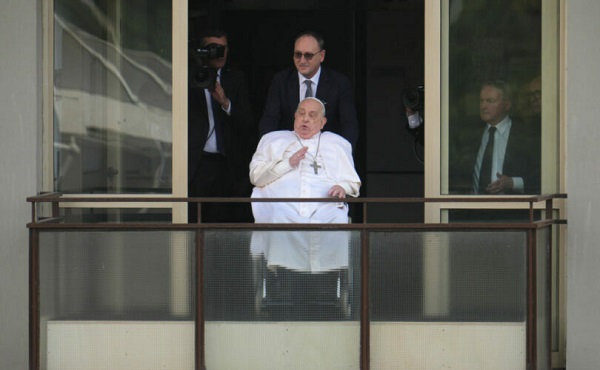
From LifeSiteNews
By Michael Haynes, Snr. Vatican Correspondent
The Pope blessed the gathered crowd at Rome’s Gemelli hospital before leaving to return to his Vatican residence.
Pope Francis made his return to the Vatican Sunday, after first greeting crowds from the balcony of the Gemelli hospital.
For the first time in 38 days, Pope Francis appeared before the public eye on Sunday. Greeting crowds who had gathered outside the Gemelli hospital where he has been treated for double pneumonia since February 14, Francis was noticeably weakened and frail.
He wore no nasal cannulas during his less than three minute greeting on the balcony. But the toll of being without oxygen was marked, as Francis appeared particularly breathless as he was wheeled back inside.
Pope Francis gives a blessing from the Gemelli hospital window at Angelus time this morning, marking first time he has been seen since February 14.
He has now returned to the Vatican after leaving the hospital earlier today. https://t.co/jOFgg1envg pic.twitter.com/2TQhgRpLNV
— Michael Haynes 🇻🇦 (@MLJHaynes) March 23, 2025
Francis thanked the crowds before singling out and praising a woman who had brought a bouquet of flowers with her.
Accompanied by his personal nurse Massimiliano Strappetti, Francis did not seem able to raise his arms freely. After a very brief few words of thanks, Francis had to be reminded to give his blessing before then being wheeled inside by Strappetti.
This was the first time the Pope had been seen in-person since his hospitalization in mid-February – an event which his doctors noted Saturday was fraught with considerable life-threatening danger for the Pope.
Following his balcony appearance – which was live-streamed on the Vatican News media channels – Francis was driven back to the Vatican in his customary Fiat 500. But he made an unscheduled stop at St. Mary Major’s on the journey, giving the bouquet of flowers he had noticed at the hospital to the Cardinal Rolandas Makrickas, the co-adjutor priest of Francis’ favored Roman basilica.
The event was in keeping with Francis’ long-established custom of visiting the icon of Mary, Salus Populi Romani, in the basilica before and after every papal trip he has made. Indeed he has announced his desire to be buried in the basilica, and preparations have begun accordingly to ready an area close to the icon for his interment.
As stipulated by his doctors on Saturday, Francis will now begin a convalescence period of at least two months.
His motor and respiratory therapy will continue, as evidenced by the undeniable need for oxygen yesterday when he did not use it for three minutes on the balcony.
Doctors stated during Saturday’s press conference that Francis nearly lost his life twice during his time in the hospital, confirming reports which had circulated about the Pope’s condition. Indeed, Dr. Sergio Alfieri, who leads the Pope’s medical team, said that when Francis was hospitalized February 14 he “presented [with] an acute respiratory failure,” which led to “severe” double pneumonia.
Doctor leading Pope Francis' medical team confirms past seriousness of Francis' condition, incl 2 times his life was in danger
When Francis was hospitalized Feb 14 he "presented [with] an acute respiratory failure," which led to "severe" double pneumonia.
Details on @LifeSite https://t.co/2aSyyMA99g pic.twitter.com/sfBJaYhLzo— Michael Haynes 🇻🇦 (@MLJHaynes) March 22, 2025
Nurse Strappetti and Dr. Luigi Carbone – who is deputy director of the Health and Hygiene Department of Vatican City State and Francis’ physician in the Vatican – will coordinate the daily medical care of the Pope.
His social contact is limited by necessity as doctors warn about the danger of his contracting any new infection. As such, it will likely be the case that his already small inner circle of three secretaries and medical staff will be those who form part of Francis’ daily household.
While a regular visitor in the Pope’s normal schedule, Cardinal Secretary of State Pietro Parolin only visited Francis three times in his 38-day hospitalization. Such a distance between them would suggest that Parolin himself might not be anticipated to be as regular a visitor as in the past.
For now, though, Francis’ pontificate is going to be placed under particular scrutiny. He has returned to the Vatican but he is expected to be a much more hidden and vocally quiet pontiff than before.
Yet perhaps, bereft of voice, he will focus more on issuing documents and pushing through agendas he has long had in mind – such as the recent three-year extension of the Synod on Synodality.
Doctors described him as eager to return to work. His appearance on Sunday gave the impression of a man much more frail than the image painted by his clinical team.
Whether a quiet period will descend upon Vatican hill, or a season of frenzied activity begins, now remains to be seen.
Regardless, speculation of a conclave has already long begun thanks to Francis’ hospitalization, and cardinals will likely be ever more on the lookout for candidates as the year progresses.
International
Trump gets an honourable mention: Nobel winner dedicates peace prize to Trump
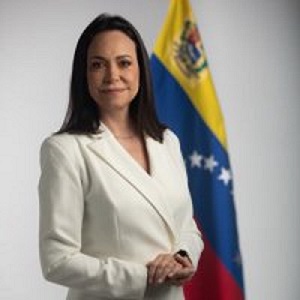
Quick Hit:
Venezuelan opposition leader Maria Corina Machado dedicated her Nobel Peace Prize on Friday to President Donald Trump, praising his “decisive support” for Venezuela’s fight against dictatorship.
Key Details:
- The Norwegian Nobel Committee honored Machado for “promoting democratic rights for the people of Venezuela” and her peaceful efforts to restore democracy after years of socialist rule under Nicolás Maduro.
- In her acceptance message on X, Machado said she dedicated the prize “to the suffering people of Venezuela and to President Trump,” calling the recognition a “boost” to finish the nation’s “task to conquer freedom.”
- The announcement follows Trump’s successful mediation of a peace agreement between Hamas and Israel, ending a two-year conflict and prompting new calls for Trump himself to be recognized with the prize.
This recognition of the struggle of all Venezuelans is a boost to conclude our task: to conquer Freedom.
We are on the threshold of victory and today, more than ever, we count on President Trump, the people of the United States, the peoples of Latin America, and the democratic…
— María Corina Machado (@MariaCorinaYA) October 10, 2025
Diving Deeper:
Venezuelan opposition leader Maria Corina Machado was awarded the Nobel Peace Prize on Friday for her decades-long effort to restore democracy to Venezuela. The Norwegian Nobel Committee commended her for “bringing her country’s opposition together,” “resisting the militarization of Venezuelan society,” and maintaining her “steadfast support for a peaceful transition to democracy.”
Shortly after the announcement, Machado posted a message dedicating the award “to the suffering people of Venezuela and to President Trump for his decisive support of our cause.” She continued, “We are on the threshold of victory, and today, more than ever, we count on President Trump, the people of the United States, the peoples of Latin America, and the democratic nations of the world as our principal allies to achieve freedom and democracy.”
The recognition came just days after a Trump-negotiated peace agreement between Hamas and Israel was signed, potentially ending two years of war in the region. The timing has fueled renewed discussion of Trump’s growing international legacy — particularly as Machado becomes one of many global leaders to credit him for advancing peace abroad.
Trump has long expressed interest in receiving a Nobel Peace Prize, citing his administration’s historic peace deals and conflict resolutions during both his first and current terms. In January, Trump voiced strong support for Machado and Venezuela’s pro-democracy movement, praising her for “peacefully expressing the voices and the will of the Venezuelan people.”
Machado has faced years of political persecution by Venezuela’s socialist regime. Her candidacy in last year’s presidential election was blocked by Maduro’s government over alleged financial irregularities, forcing her to endorse another opposition candidate. Though the opposition claimed victory, Maduro refused to relinquish power.
In awarding her the Nobel Peace Prize, the committee noted that Machado “meets all three criteria stated in Alfred Nobel’s will” — disarmament, the brotherhood of nations, and the promotion of peace. Her acknowledgment of Trump, however, underscored the American president’s continued influence in global democratic movements.
Machado concluded her statement with a call to perseverance: “This recognition of the struggle of all Venezuelans is a boost to conclude our task — to conquer freedom.”
Business
Trump Warns Beijing Of ‘Countermeasures’ As China Tightens Grip On Critical Resources
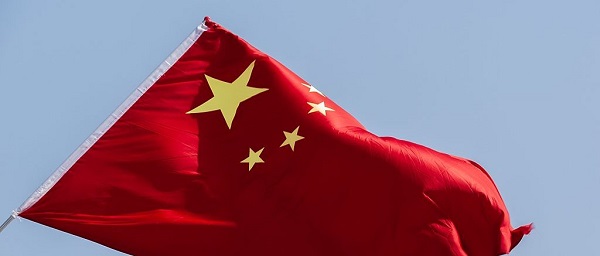

From the Daily Caller News Foundation
Despite their strategic significance, the U.S. imports 80% of the rare earths it consumes, primarily from China, which dominates global production and controls roughly 92% of the world’s refining capacity.
President Donald Trump on Friday threatened China with a massive tariff hike and hinted his upcoming summit with Chinese President Xi Jinping could be canceled as a result of Beijing’s latest escalation in trade hostilities.
China ramped up its economic pressure campaign this week, first by imposing new export controls Thursday on rare earth minerals critical to the production of vehicles, weapons systems, and other advanced technologies. On Friday, Beijing escalated further, announcing new port fees on American ships and launching an antitrust investigation into U.S. tech giant Qualcomm.
In response to what he described as “great trade hostility,” Trump said there was “no reason” to meet with Xi in South Korea later this month.
Dear Readers:
As a nonprofit, we are dependent on the generosity of our readers.
Please consider making a small donation of any amount here.
Thank you!
“Dependent on what China says about the hostile ‘order’ that they have just put out, I will be forced, as President of the United States of America, to financially counter their move. For every Element that they have been able to monopolize, we have two,” the president posted on Truth Social.
Trump announced later on Friday that the U.S. would impose a 100% tariff on China starting Nov. 1, in addition to existing levies, and implement export controls on “any and all critical software.” He added that the tariffs could go into effect sooner, “depending on any further actions or changes taken by China.”
Despite their strategic significance, the U.S. imports 80% of the rare earths it consumes, primarily from China, which dominates global production and controls roughly 92% of the world’s refining capacity.
Under the new rules, foreign suppliers must obtain Beijing’s approval to export any product made with Chinese rare-earth processing technology or containing rare-earth materials that comprise as little as 0.1% of the item’s value. The restrictions also extend to the export of technology used in rare-earth mining, smelting, and magnet manufacturing, and add five more rare-earth elements to China’s existing control list.
Trump warned that Beijing’s move could “clog” global markets and “make life difficult for virtually every country in the world.”
“I have always felt that they’ve been lying in wait, and now, as usual, I have been proven right! There is no way that China should be allowed to hold the World “captive,” but that seems to have been their plan for quite some time,” the president wrote.
“But the U.S. has Monopoly positions also, much stronger and more far reaching than China’s. I have just not chosen to use them, there was never a reason for me to do so — UNTIL NOW!” Trump said.
The Chinese Transport Ministry also said it will begin collecting port fees on vessels owned by U.S. companies or individuals — and even those built in America — starting Oct. 14. The rollout overlaps with Washington’s plan to impose new charges on large Chinese vessels docking at U.S. ports the same day.
The president also noted that Beijing’s timing was “especially inappropriate,” noting that it coincides with the peace deal he helped broker between Israel and Hamas to bring the two-year conflict to an end.
-
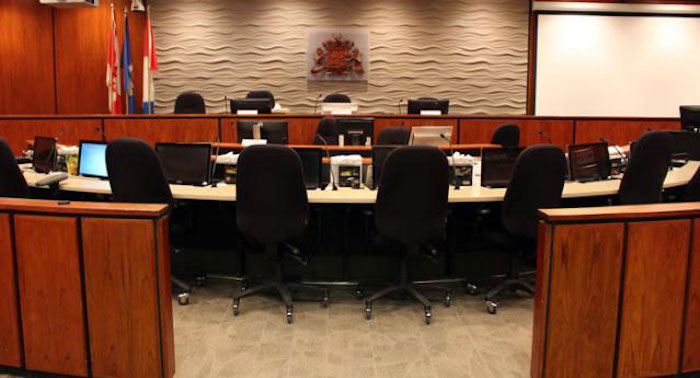
 Red Deer2 days ago
Red Deer2 days agoThe City of Red Deer’s Financial Troubles: Here Are The Candidates I Am Voting For And Why.
-
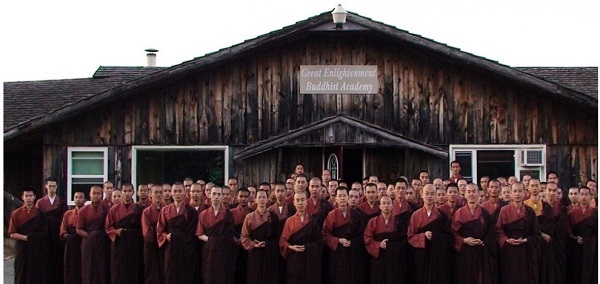
 Business2 days ago
Business2 days agoCall for Federal Inquiry as Pressure Mounts for Release of Buried Report on Buddhist Land Transactions in PEI
-
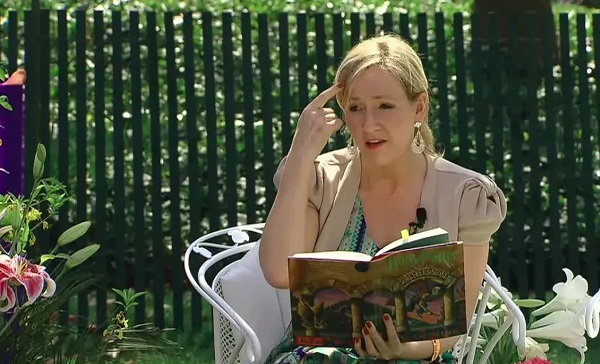
 Aristotle Foundation1 day ago
Aristotle Foundation1 day agoEfforts to halt Harry Potter event expose the absurdity of trans activism
-

 Bruce Dowbiggin1 day ago
Bruce Dowbiggin1 day agoCanada’s Humility Gene: Connor Skates But Truckers Get Buried
-
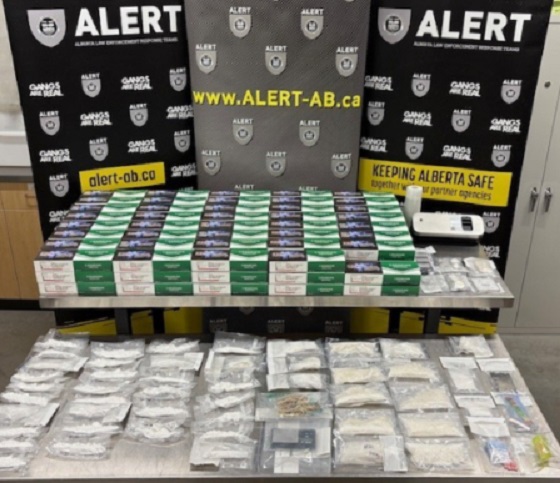
 Alberta Law Enforcement Response Team2 days ago
Alberta Law Enforcement Response Team2 days agoMethamphetamine and cocaine seized in Red Deer
-
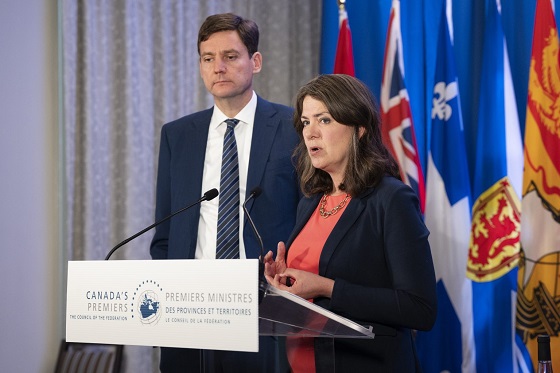
 Energy1 day ago
Energy1 day ago“It is intellectually dishonest not to acknowledge the … erosion of trust among global customers in Canada’s ability to deliver another oil pipeline.”
-
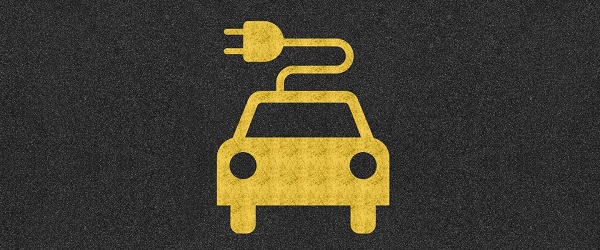
 Automotive2 days ago
Automotive2 days agoGovernments continue to support irrational ‘electric vehicle’ policies
-
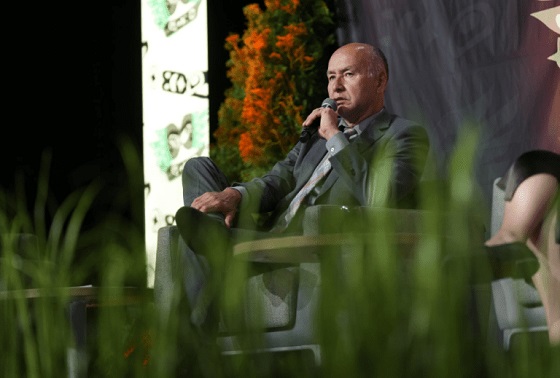
 Energy1 day ago
Energy1 day agoIn the halls of Parliament, Ellis Ross may be the most high-profile advocate of Indigenous-led development in Canada.



